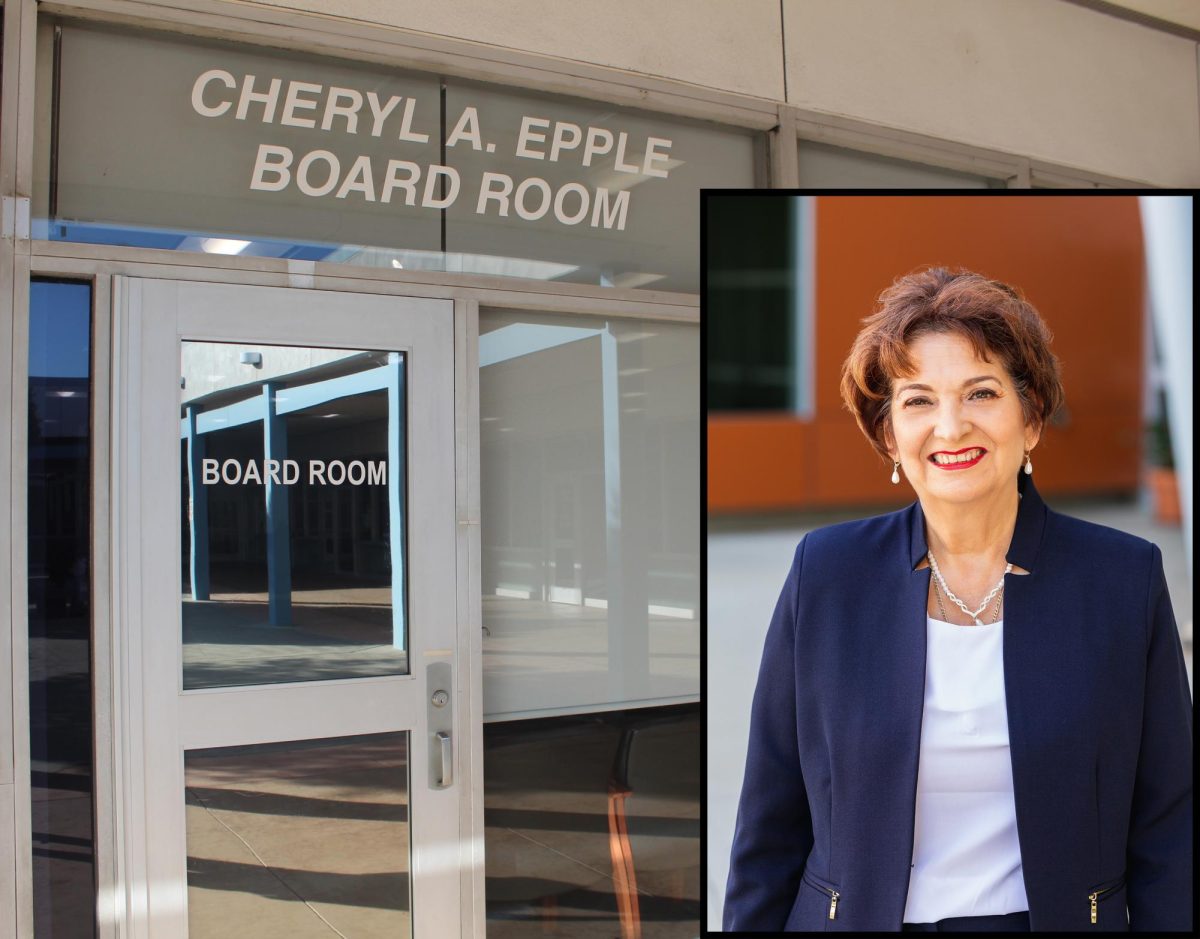In a week or two, students like Industrial Technology major Mark Freeman who lives with his wife will receive a large, white envelope in the mail from the United States Census Bureau and have a decision to make: open it, or trash it?
“I know the census is important because it takes a count of all the people living in America,” Freeman said. “If I get it, I’ll fill it out, but I won’t hunt for it.”
California community college students undecided on whether they and their spouses, families, or roommates will answer this year’s census might want to consider this:
Last year, the federal government used census data to allocate $478.3 billion to the ten largest assistance programs in the country, based on a report filed by the United State Government Accountability Office in Dec.
Of these $478.3 billion, $39.7 billion went to the State Fiscal Stabilization Fund in Education State Grants, $54.1 billion went to Highway Planning and Construction, and the highest amount of funding, $266.6 billion, went to the country’s Medicaid program.
Aside from determining the few billions of dollars apportioned to California’s waning Medi-Cal program, college students can have a say on the size of the slice of the government-appointed funding pie chart which belongs solely to them—financial aid.
While state law does not require the state legislature refer to census data when allocating federal funds, the California Student Aid Commission recognizes that “demographic information gathered by the census might be used by the legislature to change eligibility criteria for the Cal Grant program, but all that would be up to the legislature.”
Other issues currently “up to the legislature” are raising community college tuition fees, changing the eligibility criteria of the Cal Grant B program from a 2.0 to a 2.5 minimum GPA, and suspending the competitive Cal Grant program as reported in the Legislative Analyst’s Office’s recommendations to the Governor’s budget.
In a report filed by the Census Bureau in June 2009, “population and income data” were directly used in allocating $13.6 billion of federal money to Pell Grants, $563.9 million to other Adult Education Grants, and $1.1 billion to Career and Technical Education Grants.
Colleges want to raise student awareness on census participation because although “government funding does not come as a direct line to community colleges, as people may think,” stated Cerritos College’s Budget Manager of Fiscal Services Suzie Payne, “students do play a major role in speaking for the future of their communities.”
According to Jarlena Griffin-Desta, associate director of student policy for the UC system, “Each person counted in the census is worth approximately $10,000 in federal funds to their respective cities. These funds are used to provide vital services such as schools, transportation and hospitals.”
Additionally, census results are used to determine quantities other than dollars.
Mary Heim of California’s department of finance encourages community college students to participate in the census because they “should want their fair share of representation; should it be for the allocation of congressional seats, their representation in the state assembly, and even the redistricting of their community college board.”
Even though their participation is vital to the US government in accurately assessing a state’s financial need and congressional representation, post-secondary education students remain one of the most difficult groups of society to count.
Griffin-Desta accounts this to the varied living arrangements of higher-education students. “College and university students reside in group quarters, such as dormitories, residence halls, sorority or fraternity houses, or off-campus,” she stated.
Griffin-Desta wants students who fall into the last category and will not receive a census form addressed specifically to them to make sure they are still counted. “Students living in a particular off-campus address are considered part of one household so only one form should be completed, which should include information about all the people living at that address,” she said.
Nursing major Maryrose Dimailig who lives with her parents and recently turned 18 is excited to take one of her first steps into adulthood by making sure her family opens, answers, and returns the form to the US Census Bureau. “I will definitely be looking up what the census is all about,” Dimailig said.








